In 2023, California had massive outpourings of snow that caused chaos for residents and on roadways.
A new study examining the deluge of snow asserts that it was likely a rare event, and repeats in the future will be less intense as global temperatures continue to rise.
California Snow
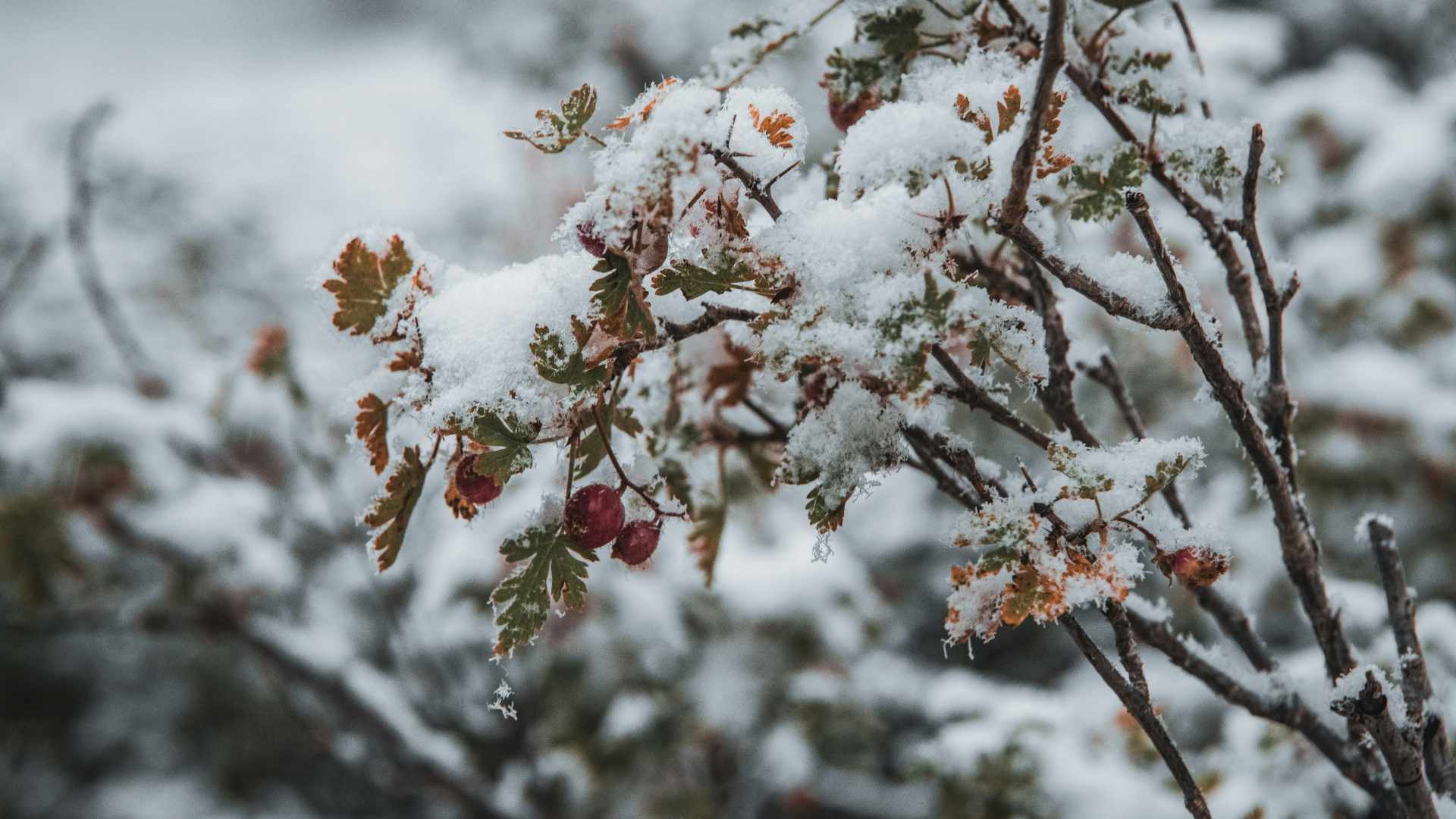
During 2023, California started experiencing a relentless, atypical winter that saw massive amounts of snowfall. While the snow did cause some grief for residents, it was a great boon for the area because of the drought-like conditions that were being experienced.
In some places, snowfall counts exceed 50 feet for the season, making the 2023 season one of the snowiest winters on record in some areas like the Sierra Nevada.
Climate Study

A new study published in the journal Proceedings of the National Academy of Sciences explored the “2023 California snow deluge” in the context of a warmer climate, rising global temperatures, and water resources in the state.
“We shouldn’t count on these big snow years coming every couple of years to bail us out,” said study lead author Adrienne Marshall, referring to how the snowfall helped bail the state out of an intense drought.
Critical Snow
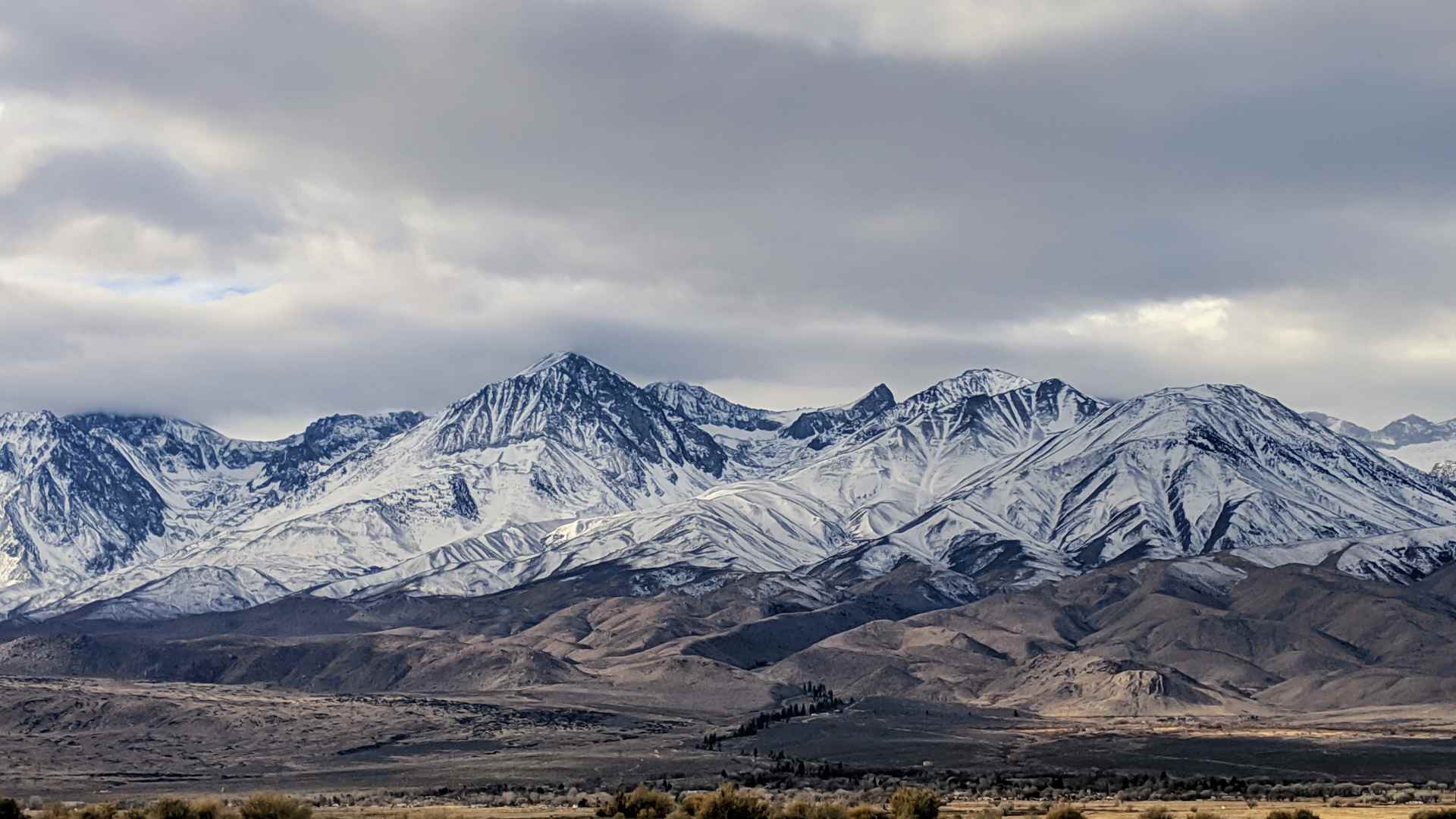
The study, titled “California’s 2023 Snow Deluge: Contextualizing an Extreme Snow Year against Future Climate Change,” asserted how critical it is to examine this topic given how important water resources are in mountain areas. The study examined snowfall in the Sierra Nevada mountains in 2023.
“Snow in mountainous regions is critical for water resources and is declining with climate warming. While low snow years have been extensively studied, we know relatively little about large snow years and their potential changes,” said the study.
Introducing a New Term

The study hoped to introduce new terms to help emphasize the rarity of the snowfall level in 2023.
“Here, we introduce the term “snow deluge” to describe extreme snow years and show that the 2023 California snow deluge was roughly a 1-in-54 y[ear] event and was a 1-in-320 y[ear] event (or greater) at 5% of snow monitoring stations,” the study said.
Snowfalls Are Projected to Decline
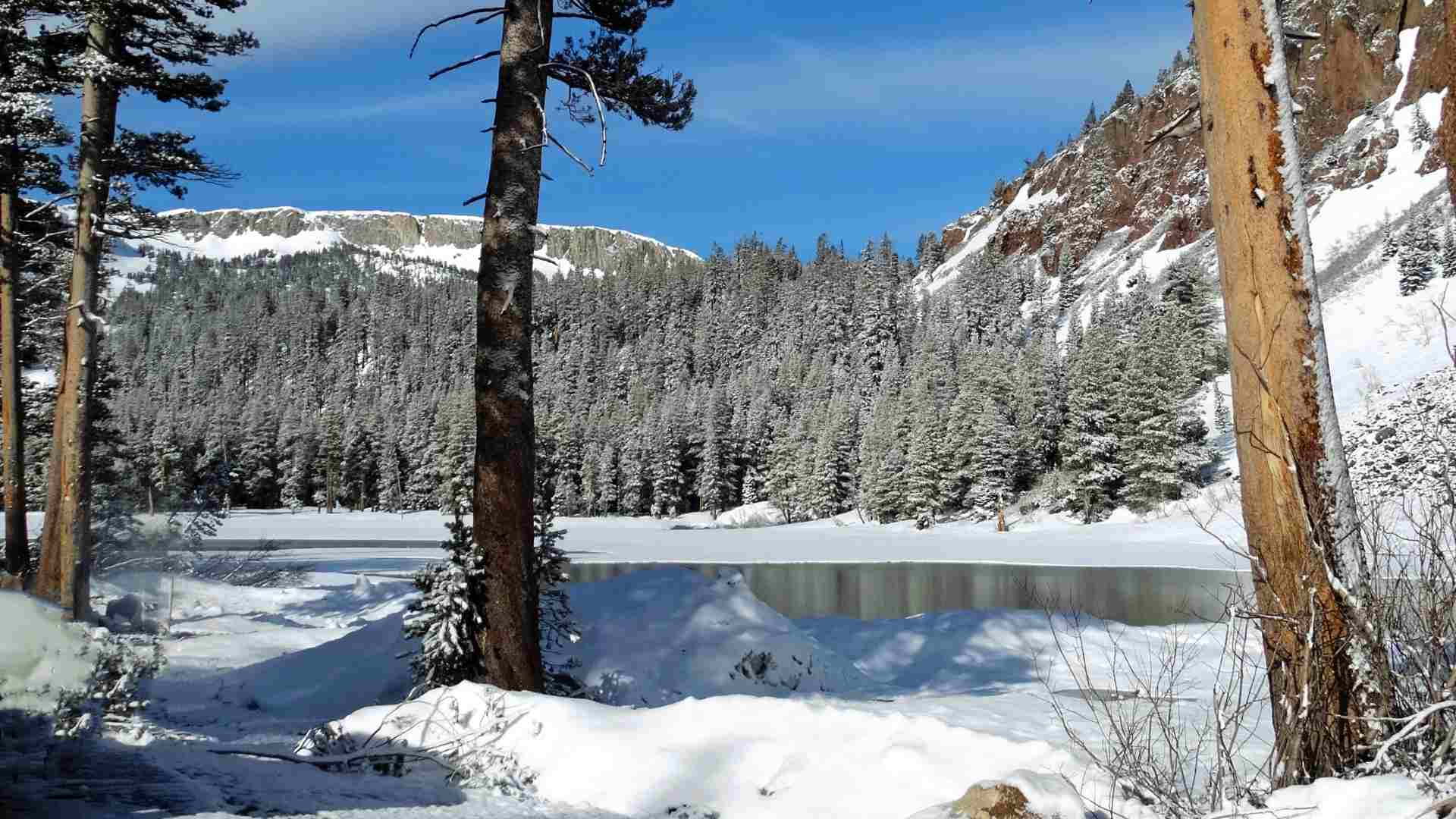
While the intensity of the 2023 event may give some people the impression that big snowfalls might become a new norm in California, the study team is predicting the opposite.
“Snow deluges are projected to decline across the western United States in future climates, although less so than median snow years,” said the study.
Snow Droughts Versus Snow Deluges

The study uses this new term of “snow deluge” to contrast against what has become the norm in California in recent years: snow droughts.
“While snow droughts can result from either warm or dry conditions, snow deluges require both cool and wet conditions. Relative to the last century, cool-season temperature and precipitation during California’s 2023 snow deluge were both moderately anomalous, while temperature was highly anomalous relative to recent climatology,” the study said.
Team Calculations
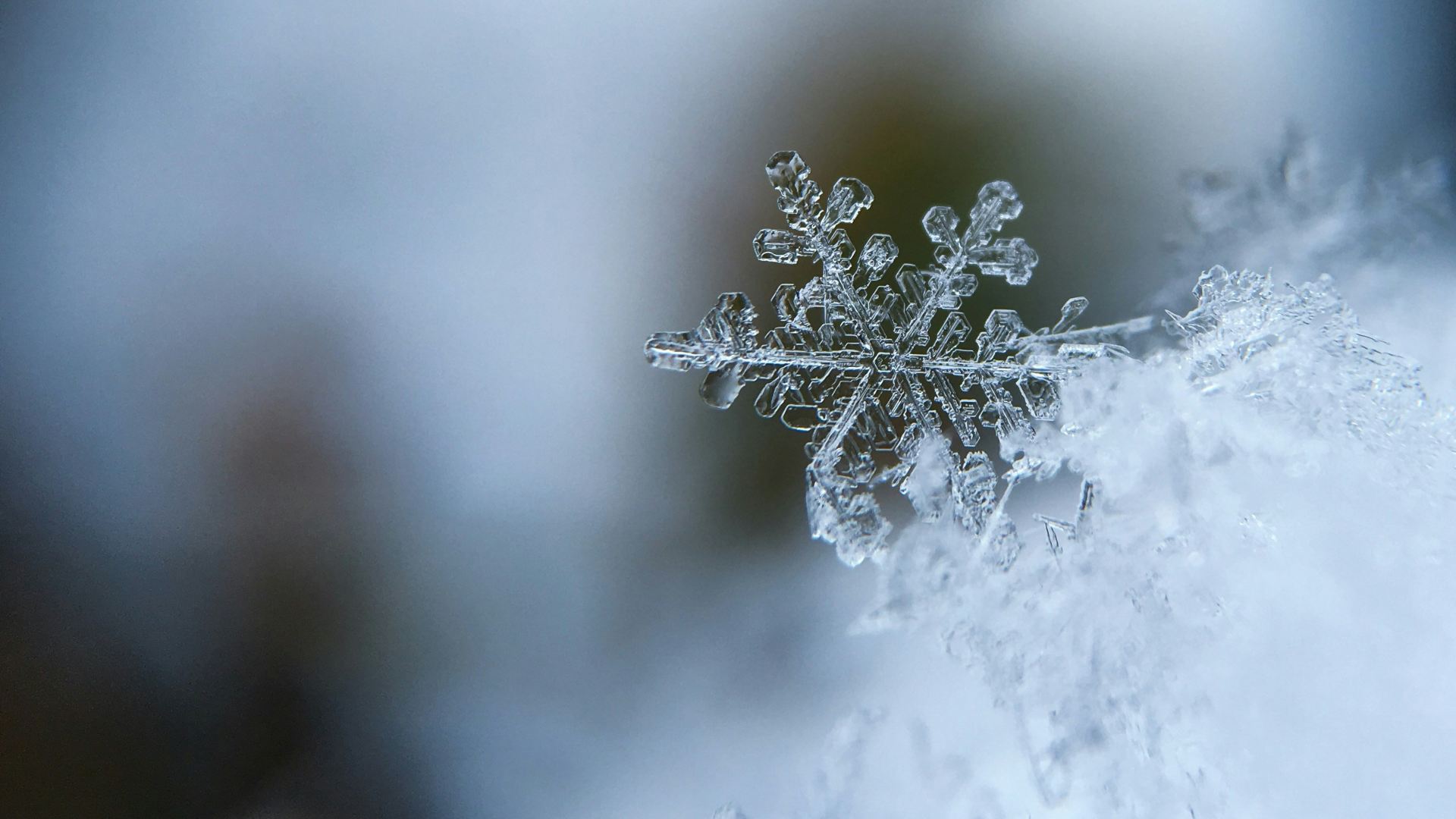
According to the findings by the study team, rare events like the snow deluge experienced by California in 2023 will be 58% smaller by the end of the current century compared to now.
This calculation was made conservatively, only factoring in just a moderate amount of climate change.
Coldest Winter In a Lifetime
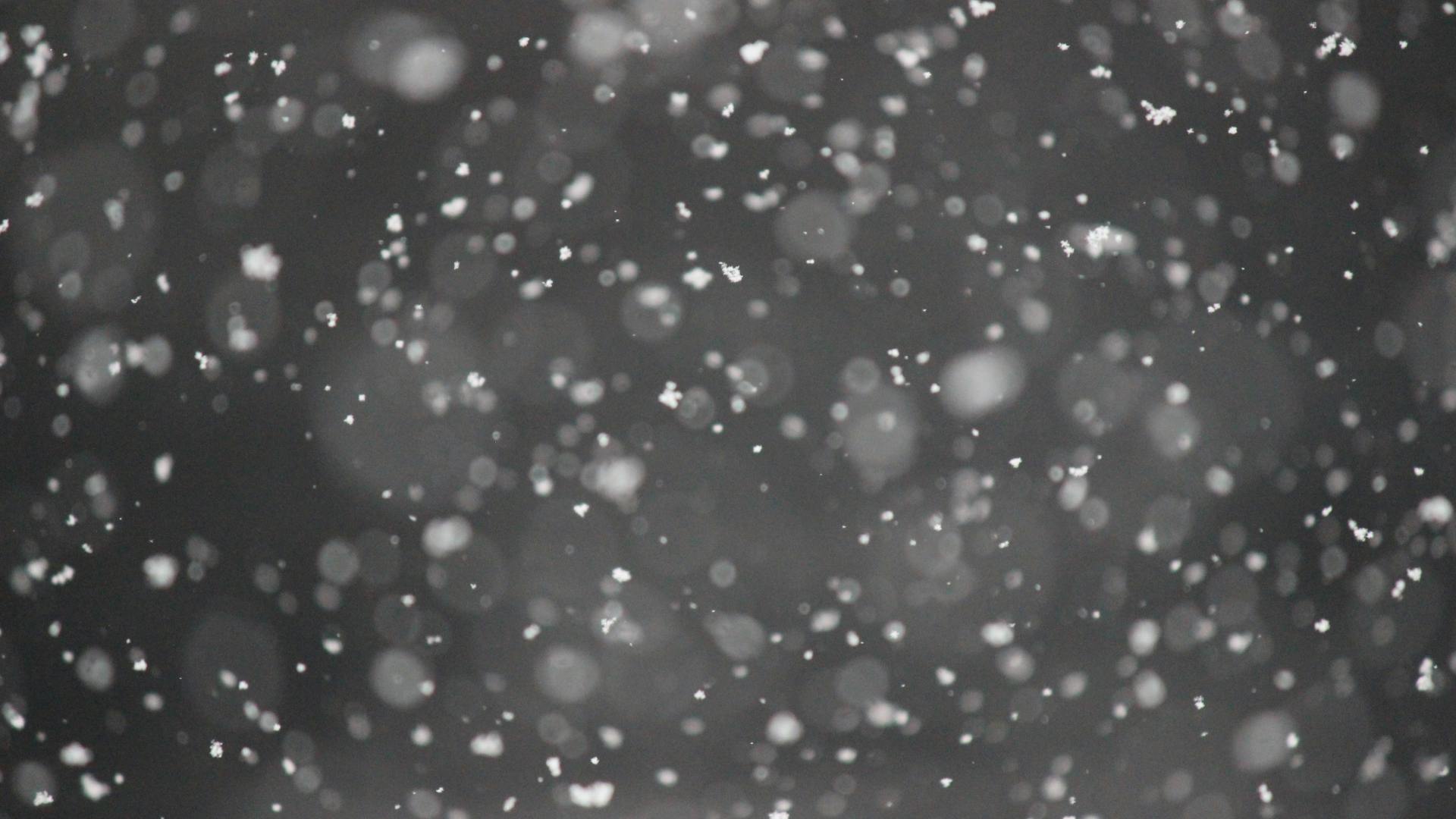
Daniel Swain, a climate scientist at UCLA who was not part of the study, predicts that 2023 will be remembered as the snowiest in people’s minds going forward because of the effects of climate change.
“I would not be surprised if 2023 was the coldest, snowiest winter for the rest of my own lifetime in California,” Swain said.
Atmospheric Rivers
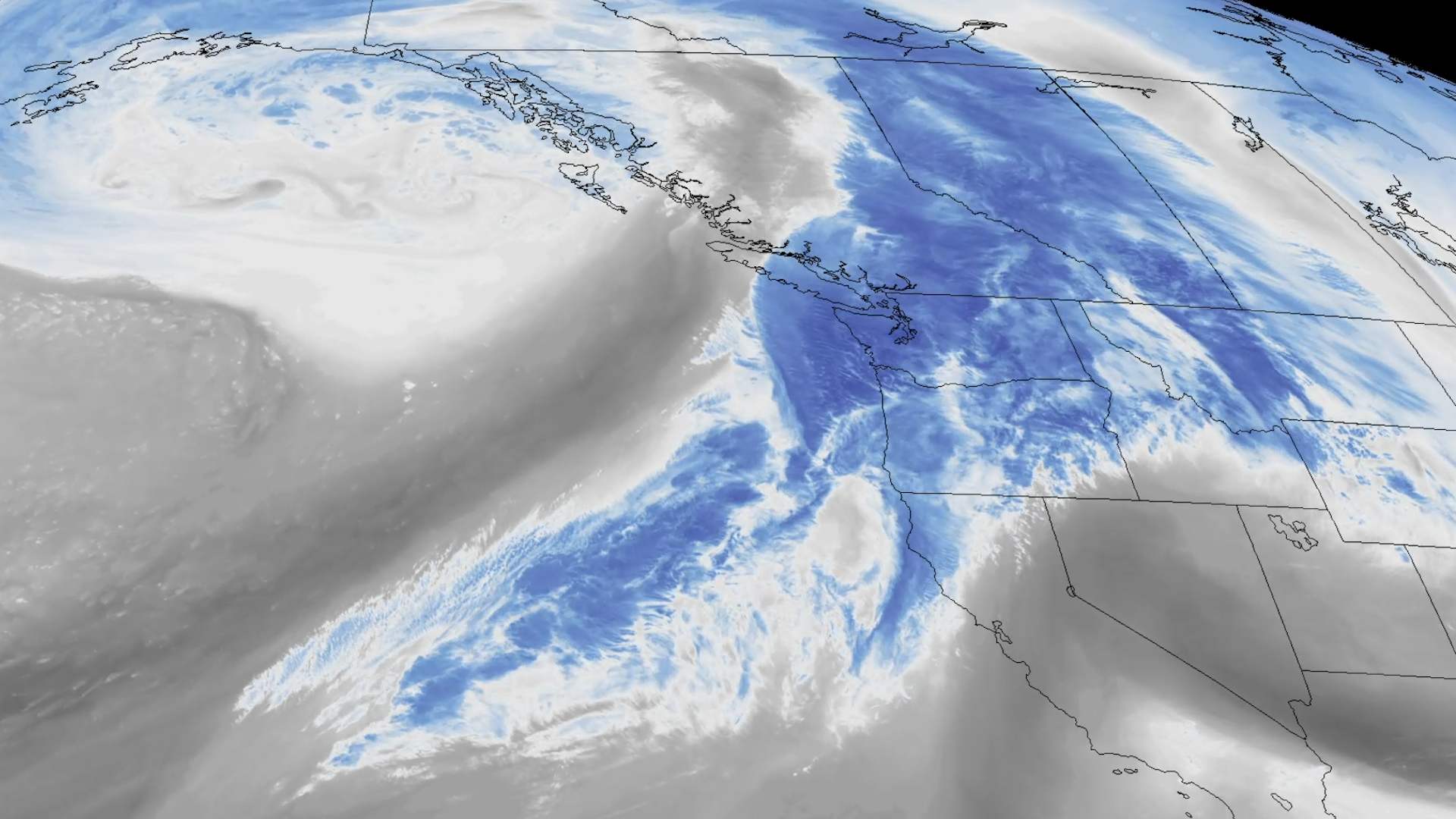
Much of the snowfall in 2023 was attributed to a phenomenon known as atmospheric rivers. This phenomenon is where river-like regions in the atmosphere transport massive amounts of water vapor through the air.
California is no stranger to atmospheric rivers, but having so many was pretty bizarre,” said the director of the National Snow and Ice Data Center Mark Serreze. “Maybe we are moving back to a wetter regime, but even if we are, there is simply not enough water go around anymore. And as the climate warms, the snowpack will keep shrinking, making it harder and harder to manage the water resources.”
California’s Water Needs

Snow in California is responsible for around 30% of the state’s water consumption requirements on average. Most of California’s water needs are met by importing water or having it pumped up from underground reservoirs.
Because of recent conditions, a reservoir affected by drought in California has filled up for the first time since the late 1990’s.
Importance of Understanding Water Resources
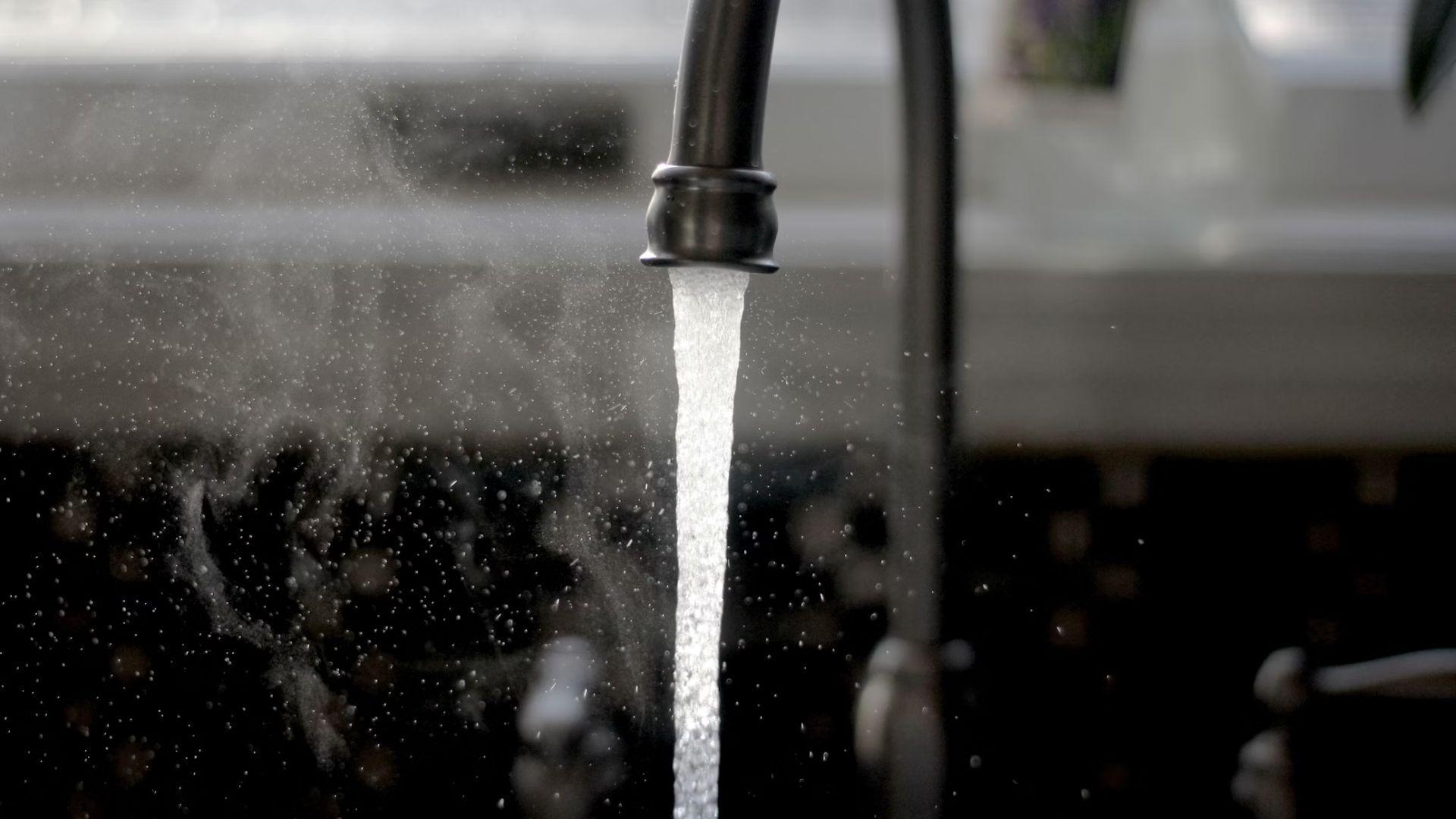
As California comes to terms with a new normal that has seen drier conditions and wildfire intensity ramp up across the state, the study emphasized the importance of understanding snow patterns like this one.
“Changes to snow deluge, and discrepancies between snow deluge and median snow year changes, could impact water resources and ecosystems. Understanding these changes is therefore critical to appropriate climate adaptation,” said the study.
